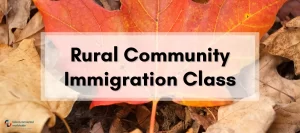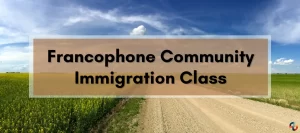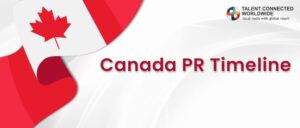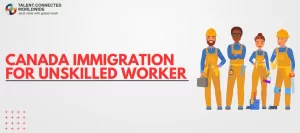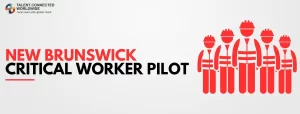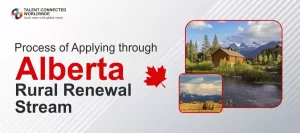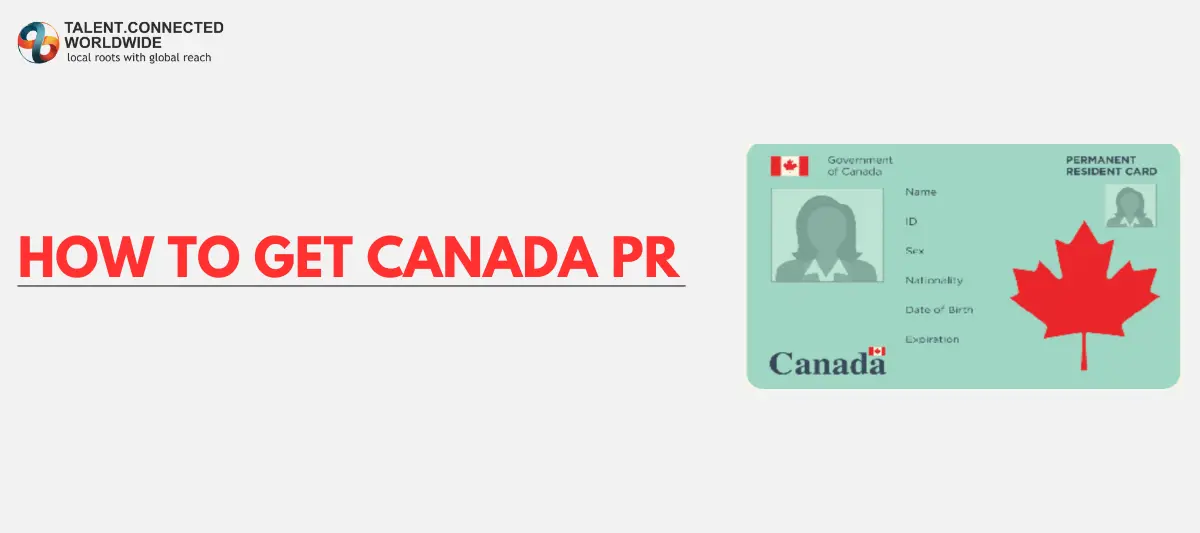
“How to get Canada PR?” is one of the most common doubts among people who want to immigrate to the country. The process of getting a PR visa involves a relatively complex process. Express Entry, the Provincial Nominee Program, Family Sponsorship, and Quebec Immigration are the most famous immigration programs. This blog will simplify it and help you understand the immigration journey better.
How to get Canada PR: Overview
- Who is eligible to get Canada PR?
- How can I get PR in Canada?
- Documents needed to get Canada PR
- How to get Canada PR faster?
- New Opportunities to Get Canada PR
- Is PR hard to get in Canada?
Who is eligible to get Canada PR?
Before exploring how to get Canada PR, you must make sure that you are eligible to settle in the country. Besides meeting the eligibility criteria for the immigration program you are applying through, you must:
- Be admissible
- Have a valid passport
- Have no previous criminal record
- Be at least 18 years or above
- Have enough money to support yourself and your family
How can I get PR in Canada?
To get a Canada PR, first, take the English or French language test, make sure you are eligible to apply, upload all documents, and submit a PR application. Detailed steps to get Canada PR involves the following.
STEP 1: Take the language test
To demonstrate your English or French language skills, you will need to take the test. IRCC accepts PTE-Core, IELTS, and CELPIP for English language proficiency. To prove your French proficiency, you can either take TEF or TCF. Your test score will then be converted to Canadian Language Benchmark (for English) or NCLC (for French). The higher your language score, the better your chances to get Canada PR. The validity of the language test score is two years.
STEP 2: Get an Educational Credential Assessment (ECA)
If your academic degree is from outside Canada, you will need to get an ECA to prove your academic proficiency as per the Canadian standard. The validity of an ECA is five years. The higher your academic degree, the stronger your chances of getting Canada PR. You can get your ECA through the following approved institutions:
- Comparative Education Service – University of Toronto School of Continuing Studies
- International Credential Assessment Service of Canada
- World Education Services (WES)
- International Qualifications Assessment Service (IQAS)
- International Credential Evaluation Service – British Columbia Institute of Technology
- Canadian Architectural Certification Board (CACB) for NOC 21200
- Medical Council of Canada for NOC 31100, 31101, 31102
- Pharmacy Examining Board of Canada for NOC 31120
STEP 3: Select the right immigration program
The third step to get Canada PR is to select the best immigration program. This is the most important stage in getting a PR visa. The best immigration consultants accurately examine your profile and tell you which pathway will have the most chances of getting you a Canada PR. They can also help you settle in Canada faster. IRCC provides at least 10 immigration pathways:
- Express Entry including – Federal Skilled Worker Program, Federal Skilled Trades Program, and Canadian Experience Class
- Provincial Nominee Program
- Family Sponsorship
- Quebec Immigration
- Atlantic Immigration Program or AIP
- Rural and Northern Immigration Pilot (RNIP) (active till August 2024)
- Agri-Food Pilot
- Caregiver Program
- Start-Up Visa
- Self-Employed Pathways – paused till January 2027
STEP 4: Create an IRCC account & Apply
- If you are applying through Express Entry, apply through your GCKey account registered while Express Entry profile creation.
- For all other programs, create an IRCC account and initiate the PR application.
- Select the immigration program you are eligible for.
- Upload all the documents required in the application
- Pay the fee and also submit the fee receipt
- Review the application for completeness and submit it.
STEP 5: Get a COPR or Canada PR Visa
Upon application approval, IRCC will send you a Confirmation of Permanent Residence (COPR) and a Canada PR visa.
STEP 6: Land in Canada with a PR Visa
As you land in Canada, submit all the required documents at the Port of Entry. The officials might ask for your ETA, passport, COPR, Police Clearance Certificate, Medical report, proof of funds, and others. After completing all official formalities, you will successfully become a permanent resident in Canada.
STEP 7: Get a Canada PR card
IRCC will mail your PR card to your mentioned address within 18 days. This is the last step of becoming a Canada Permanent Resident.
Documents needed to get Canada PR
Documents needed to get Canada PR depend upon your profile and the immigration program you are applying through. A complete electronic application for permanent residence (eAPR) must have the following documents:
- Passport or other travel documents
- Language test score
- ECA report
- Photos
- Birth certificates
- Documents for work experience (eg. reference letter)
- Job Offer (if applicable)
- CSQ (in the case of Quebec Immigration)
- Provincial Nomination Certificate (for PNP)
- Proof of funds (letter from the bank)
- Generic Application Form for Canada
- Additional Family Information
- Background declaration form
All documents should either be in English or French. If they are in any other language, upload their valid translations in any of the two official languages.
How to get Canada PR faster?
Express Entry is the fastest way to get Canada PR. To get a PR visa through Express Entry:
- Create an Express Entry profile
- Get a CRS score and an Express Entry program (FSWP, FSTP & CEC) assigned to you.
- Enter in the Express Entry pool
- If eligible, get an ITA in the Express Entry draw
- Apply for Canada PR through Express Entry within 60 days
- If approved, get Canada PR within as fast as 4-6 months
New Opportunities to Get Canada PR
To align immigration with the Canadian labour market requirements, IRCC has proposed to launch new options to get Canada PR in the future. On 3rd June 2024, Honourable Marc Miller announced new Caregiver pilots. Additionally, the ministry has also announced new opportunities to get Canada PR for eligible workers who aim to settle in smaller rural communities. On 6th March 2024, IRCC announced Rural Community Immigration Pilot (RCIP) and Francophone Community Immigration Pilot (FCIP). These pathways will replace the RNIP program in late 2024. These new immigration programs might be a great opportunity to get Canada PR.
Is PR hard to get in Canada?
It is not hard to get PR in Canada. However, you must have complete knowledge about PR options, a list of documents, and immigration trends. This might become overwhelming for any individual. A CICC-regulated immigration consultant like Talent Connected Worldwide will make getting Canada PR extremely easy and simple. They will also get your PR visa faster.
Want to know how to get Canada PR based on your profile? Get accurate answers through an expert profile evaluation. Contact Talent Connected Worldwide, India’s only CICC-authorized immigration company with the highest success rate in Canada PR.
Don’t forget to fill out the form below for some insights and advice from our experts!


